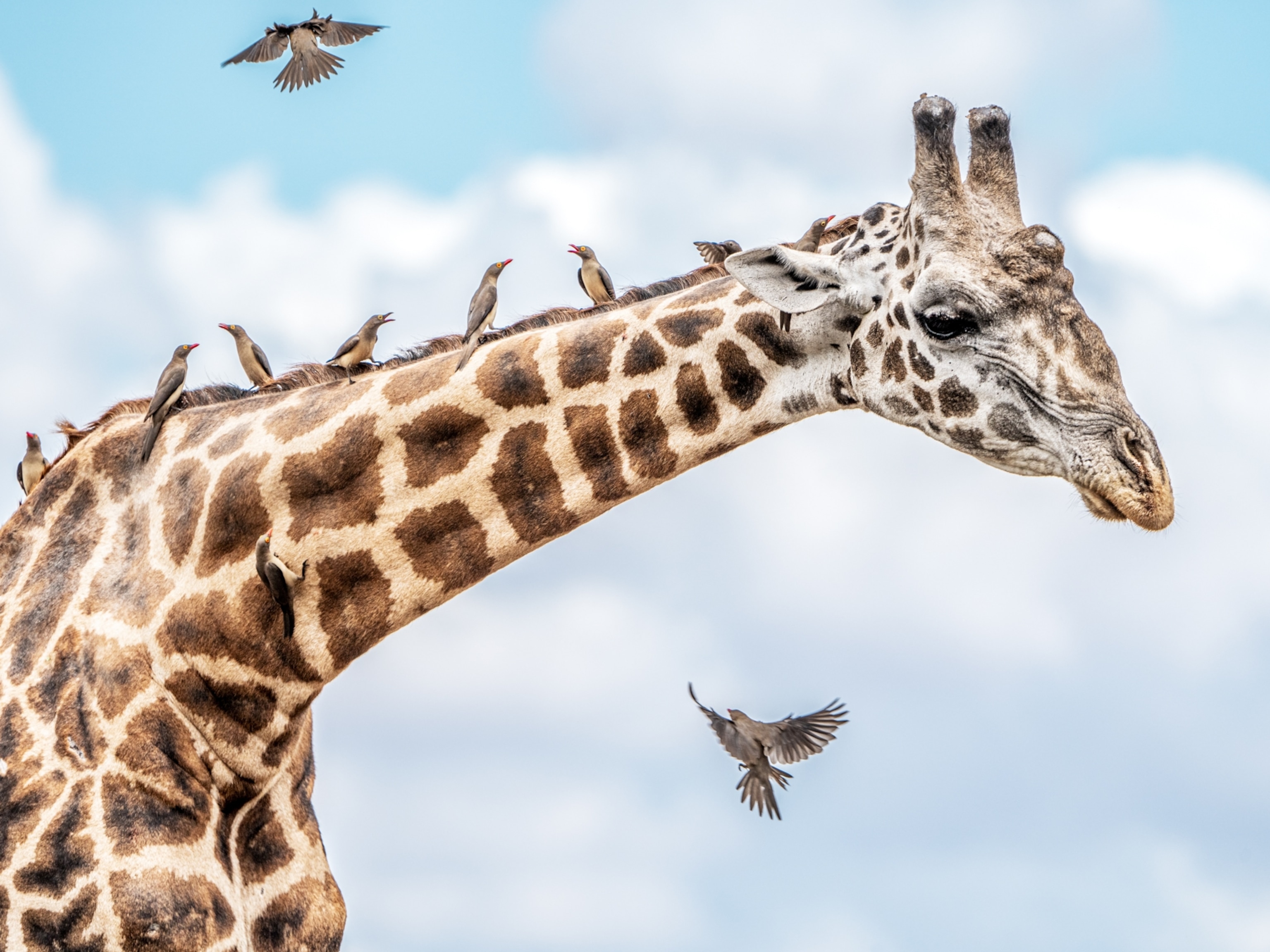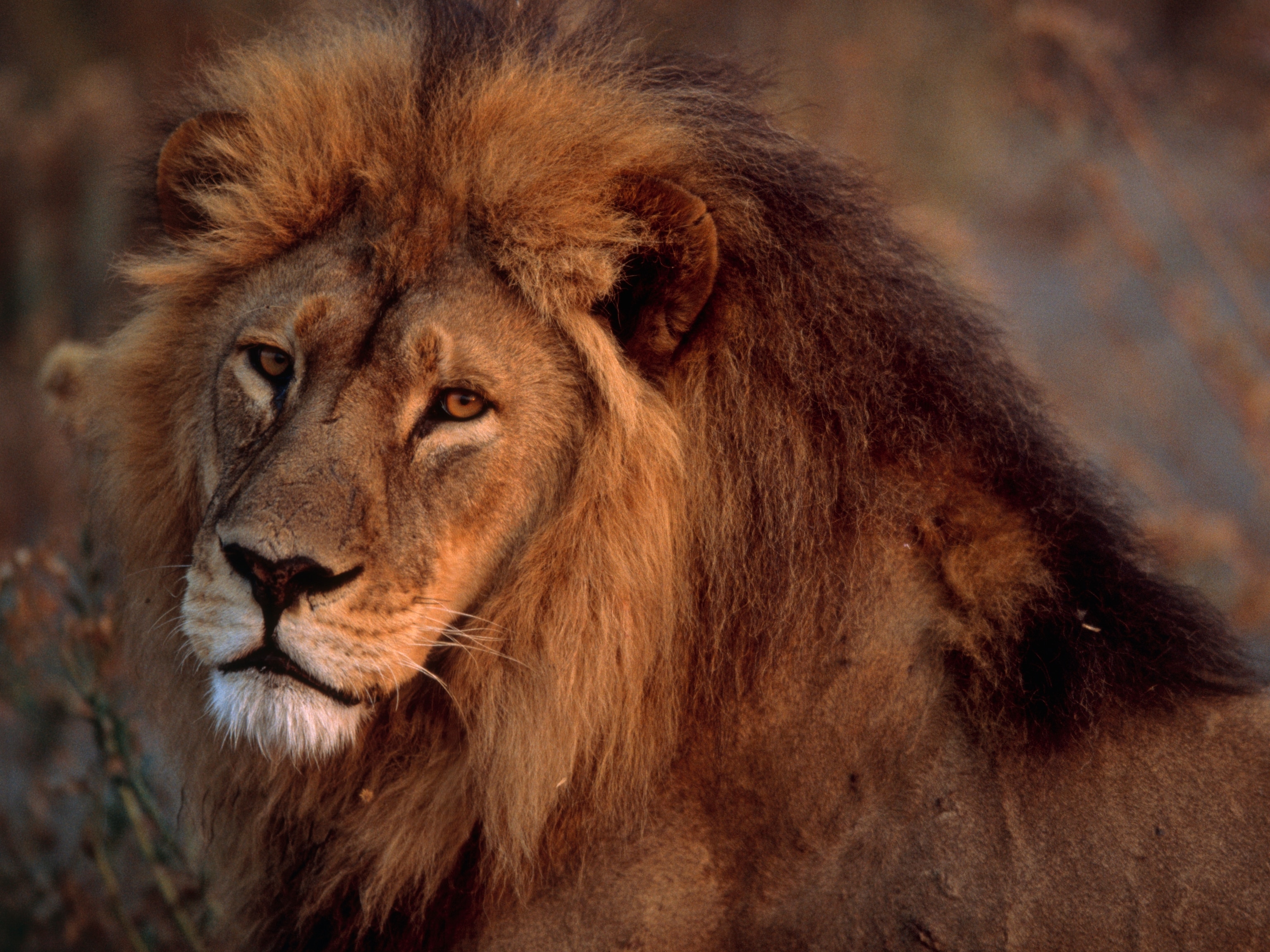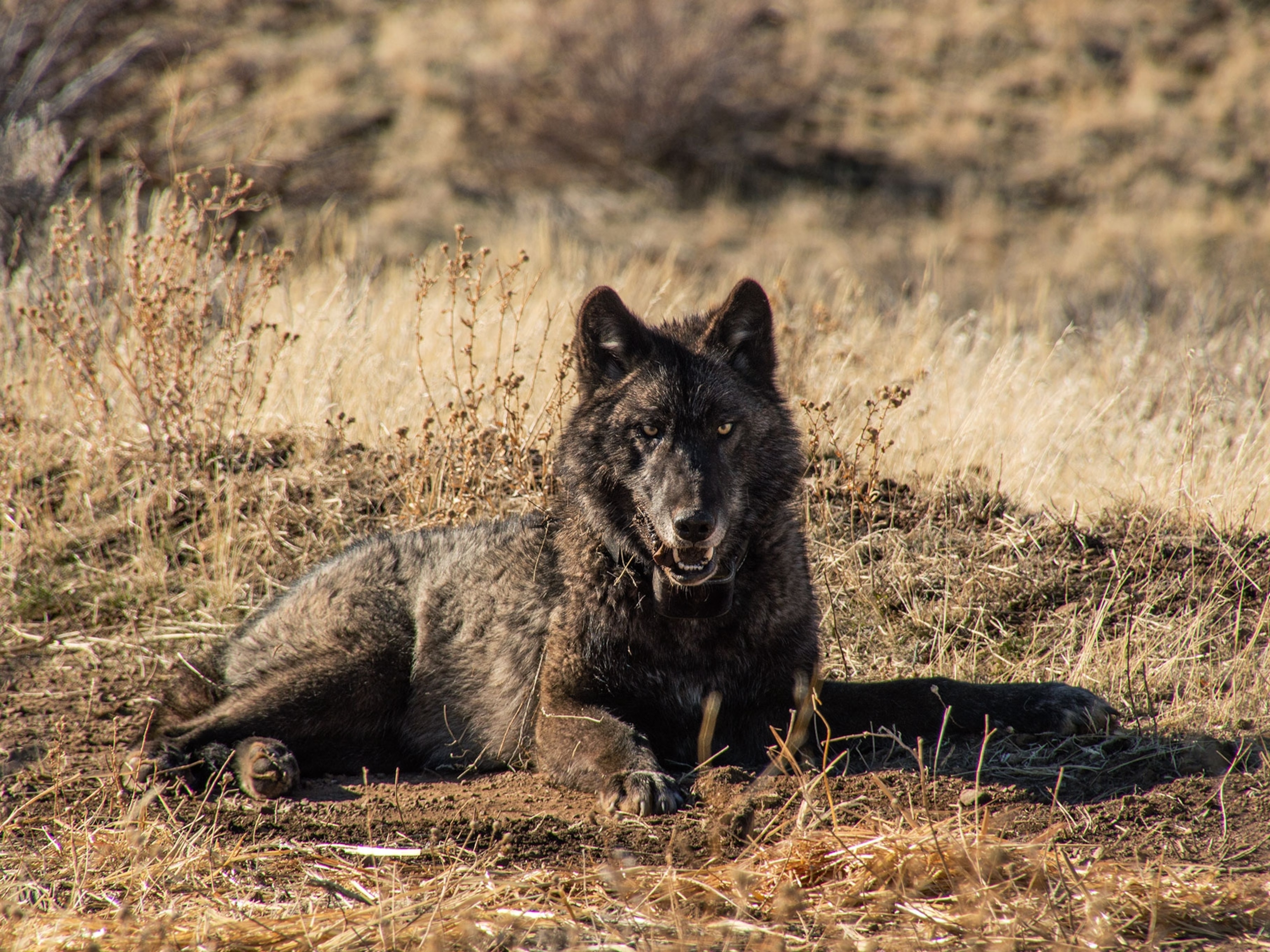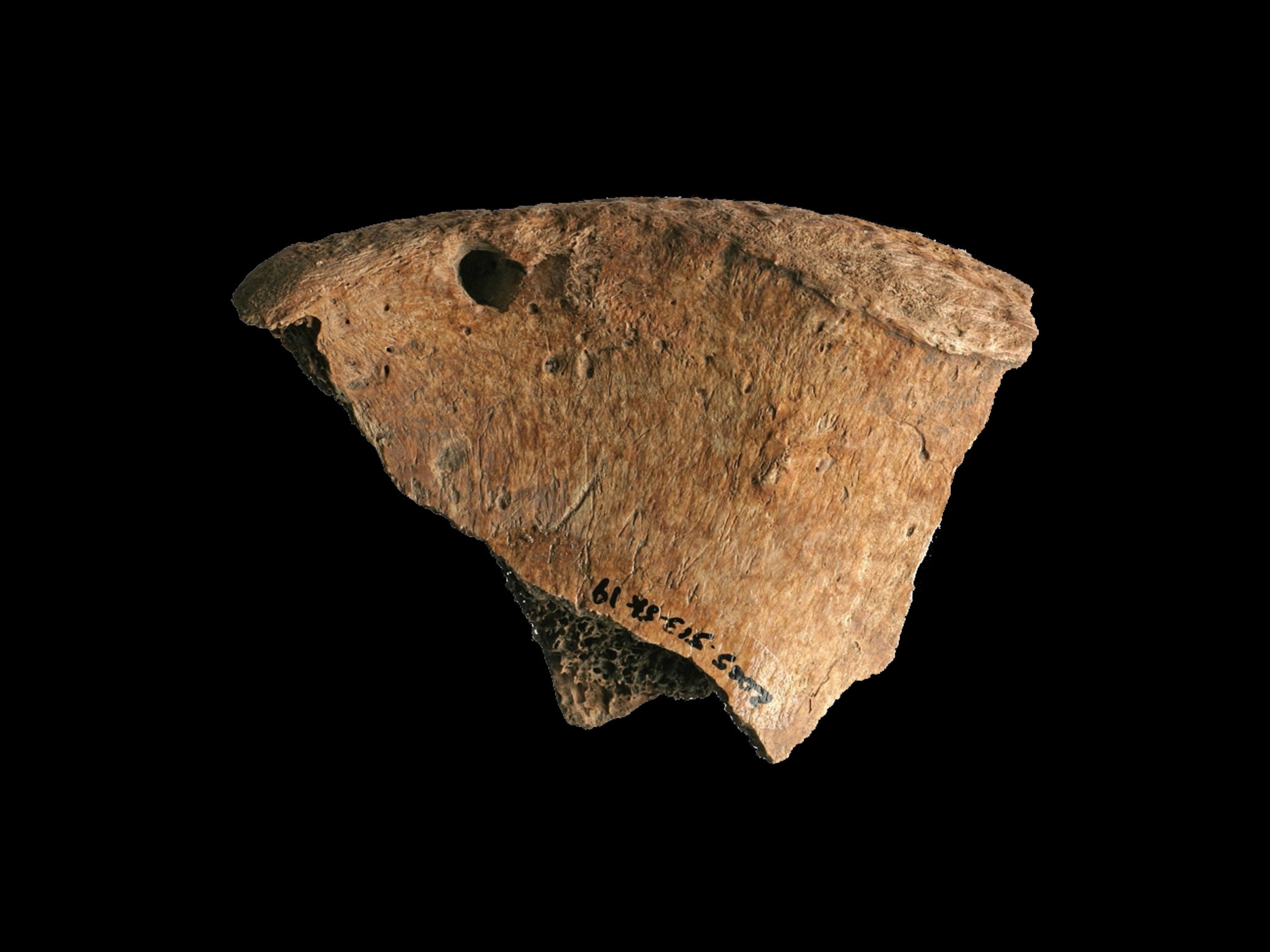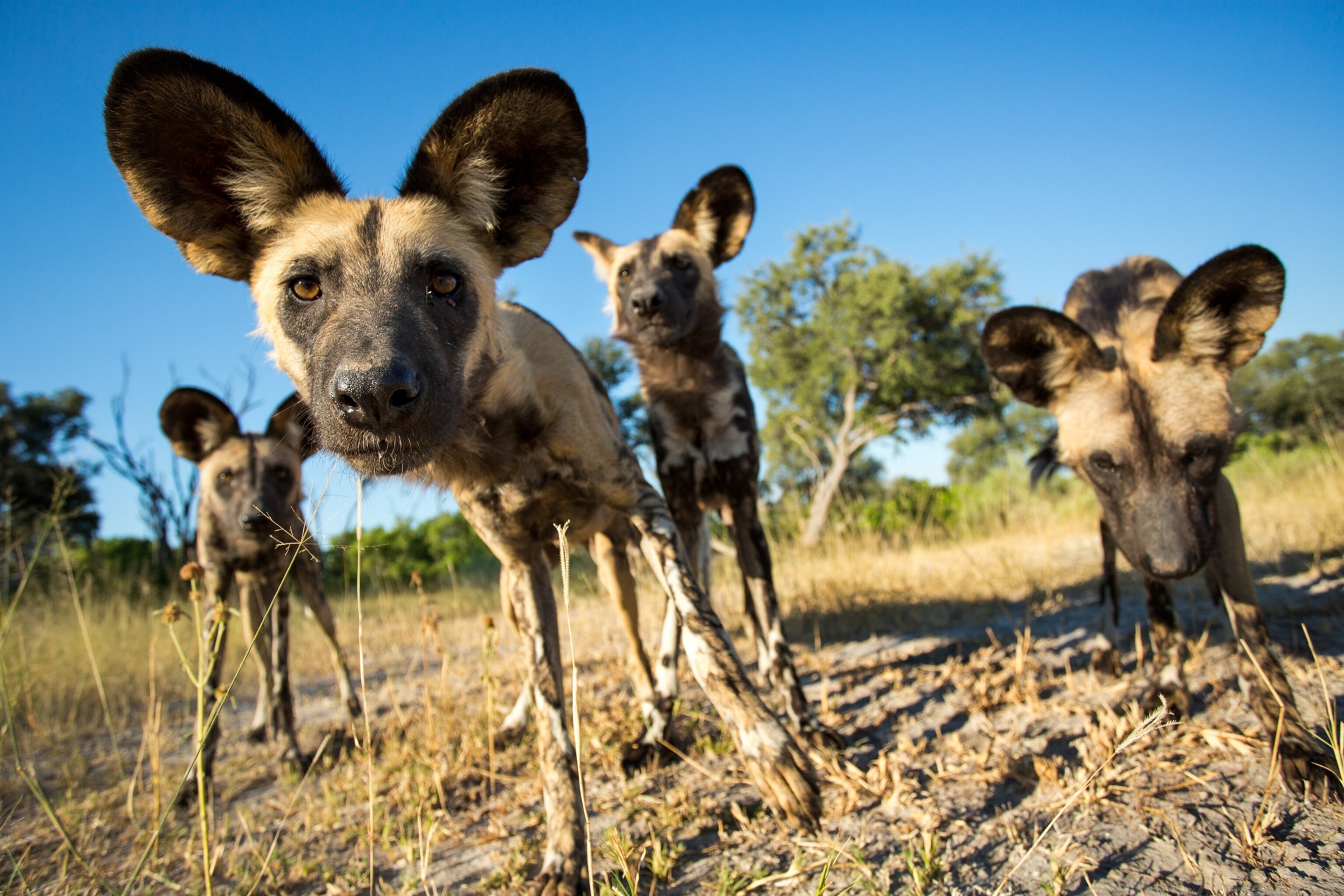
4 Ways Helping People Is Saving Rare Wildlife
Supporting local people is key to conservation of lions, wild dogs, and other threatened animals.
Most people assume that Colleen Begg, co-founder of an organization devoted to saving African lions, spends a lot of time with the big cats.
In truth, she is rarely around lions. Her days in Mozambique with the Niassa Carnivore Project—a nonprofit that promotes co-existing with lions—are consumed by human interactions: meeting with people in local communities and demonstrating how they can grow more and better food. (Read "Living With Lions" in National Geographic magazine.)
The main threats lions face in the Niassa National Reserve (map)—getting caught in traps meant for other animals and retaliatory killings—come from people, said Begg. So the Carnivore Project focuses on helping humans. Its mantra is "if you get it right for people, you'll get it right for lions."
It's a philosophy that many in the conservation community are now adopting. The days when foreign organizations would come in and tell locals what to do are over, said Paul Thomson, managing director of Ewaso Lions, a nonprofit that encourages co-existing with lions in Kenya.
"People now recognize that none of these species are really going to last without [people]," he said. "It's not just paying lip service to local communities, but actually making sure they benefit from the presence of wildlife."
Wildlife organizations have been educating local communities about wildlife conservation for decades, but focusing the majority of their efforts on improving the situation for local people is a more recent development.
"It's the next new thing," said Darla Hillard, development director of the Snow Leopard Conservancy, a California-based organization that advocates community-based conservation.
Like any idea, though, the people-centric strategy has its drawbacks and critics. When you are dealing with people, getting results isn't always easy, said Begg.
"Scientists like to say 'if we do this, that will happen,'" she explained. "But there's nothing linear about changing behavior in communities."
For instance, a fish-farming project in the Democratic Republic of the Congo (DRC) seemed like a good way to provide an alternative protein source and therefore help combat trafficking of bush meat (wild animals killed for food).
But the initiative failed because the people wouldn't guard the fish at night, said John Lukas, president of the Okapi Conservation Project.
Another attempt involving cane rats was initially more successful but also hit a snag when political turmoil in the DRC made it hard for project staff to check in on several of the facilities where the rats were bred.
Getting clear results when working with people tends to take more time and often more funding than species-based efforts, and the stories and photos don't have the same appeal to donors as photos of cute animals do.
Despite these drawbacks, Begg still believes the helping-people-first method has more long-term chance of success than anything else.
Here are four examples of conservationists helping people to help wildlife.
Sharing the Snow Leopards' Home
When Rodney Jackson established the Snow Leopard Conservancy in 2000, he wanted to address the root causes of declining populations of the big cat, which lives in Central Asia. (See snow leopard pictures in National Geographic magazine.)
As Begg discovered with lions in Africa, Jackson found that the main threats to snow leopards were caused by people.
In northern India, for instance, snow leopards were getting into herders' livestock corrals and killing their goats and sheep—making the people view the cats as pests or worse.
To change their opinion of the leopards from that of foe to friend, Jackson developed a two-pronged approach.
First he addressed the problem the animals posed to livestock by helping the community make their corrals more secure, thus "predator-proofing" their animals against snow leopards. Second, knowing that snow leopards would still occasionally kill livestock grazing in open areas, he looked for alternate income sources for the herders.
The solution came from local women: homestays. Families would offer tourists the chance to stay in a local home and experience traditional life for a reasonable price. (Watch video: "Searching for the Snow Leopard.")
The conservancy helped the women set up the program and trained them how to run their businesses and interact with foreigners. Before long the people were making enough money from the homestays that they began to give up sheep and goat husbandry, and snow leopards were no longer as much of a concern.
"What we're really doing is transforming the perception of snow leopards, which are widely seen as a pest, into something that's an asset," said Jackson.
Now that local people are no longer harassing the snow leopards, there has been an increase in sightings in the area. Jackson said the program will continue to work because the solution was not his.
"You don't give the solution. The people must come up with the solution," he said. (Read about National Geographic emerging explorer Shafqat Hussain's insurance program for saving snow leopards.)
Warriors Fighting for Lions
Jeneria Lekilelei, a field officer with Ewaso Lions and a member of the Samburu tribe, came up with the program Warrior Watch, which teaches young men of warrior age in local tribes about the value of lions.
Before he joined Ewaso in 2008, Lekilelei's knowledge of lions was limited. He thought of them only as killers of goats and cows. "All I [knew of] these animals is predator," said Lekilelei, who is now 25. (See "Living With Lions: When Humans Are Hunted.")
But at Ewaso he discovered that the creature he saw as a threat was actually threatened itself, and that the open space it needed was dwindling.
He also saw the direct link between the jobs his relatives held in the tourism industry and the lions the tourists came to see. So Lekilelei started to refer to lions as his goats and cows, a sign that they provided for him as much as the livestock did. (Help National Geographic save big cats with the Big Cats Initiative.)
Ewaso asked the young men participating in Warrior Watch to collect data on wildlife sightings, and in exchange they taught the men how to read and write. Now when a lion kills livestock and the people seek revenge, Lekilelei has a way to respond.
He reminds them about the children Ewaso Lions has helped educate, the relatives they have working in the tourism industry, the warriors who can now read and write.
In the last year Lekilelei has saved lions from retaliatory killings three times.
Okapis Saved by Rats
"We make it pretty clear: We're helping you if you help us," said the Okapi project's Lukas.
The okapi—a forest giraffe in the Democratic Republic of the Congo that resembles a hybrid of a donkey and a zebra—faces some of the same basic problems as big cats.
Although not directly targeted as bush meat, okapis often fall prey to hunting snares set by poachers.
So Lukas's project gave locals the opportunity to breed cane rats as an alternative source of protein to bush meat, which would reduce the number of snares. Partly because of past political turmoil affecting the rat-breeding facilities, the program has moved on to beans and other high-protein foods.
Snare Art for Painted Dogs
Painted dogs, or African wild dogs, are another frequent victim of snares, so the Painted Dog Conservation organization in Zimbabwe has come up with a unique solution: It employs locals who work in cooperation with the country's parks and wildlife management authority to both remove the snares set illegally in protected areas and turn them into art.
The wire sculptures and figureheads they make out of the snares are bought by the conservation group, which then sells them to zoos and conservation organizations around the world, said the group's art coordinator Wendy Blakeley. (See African wild dog pictures.)
"My mission is not necessarily to make money for the dog conservation, my mission is to bring money into that community so they are benefiting from it," said Blakeley.
And the program is one of the reasons a recent dog-versus-goat incident didn't turn ugly, noted managing director Peter Blinston.
The wild dogs had killed a local leader's goat, and Blinston approached the man apprehensively, convinced he would need to offer some sort of compensation for the loss.
Instead, the man told him: "You do so much for the people around here, what's one goat? It's nothing. We're blessed to have the dogs in the area."
Blinston was happily surprised. "It's exactly what you're looking for, and it really underlines why you do all of these different programs," he said.
Follow Katya Cengel on Twitter.



